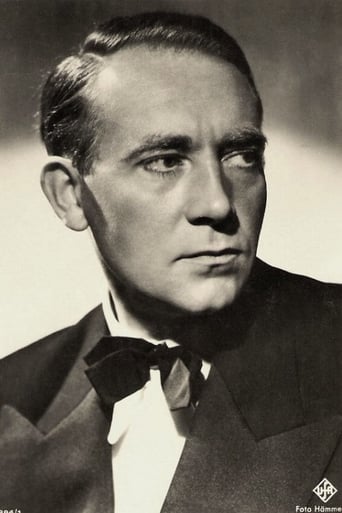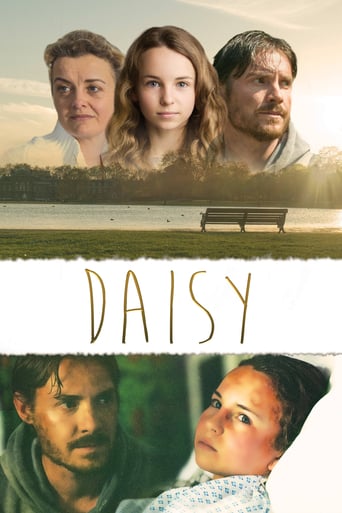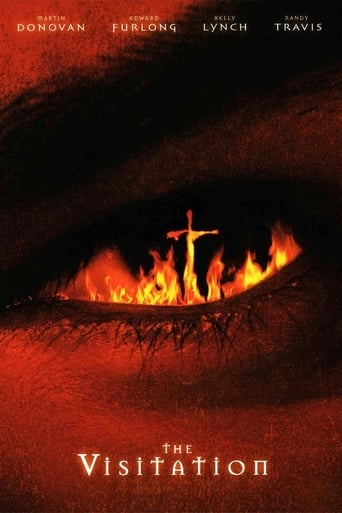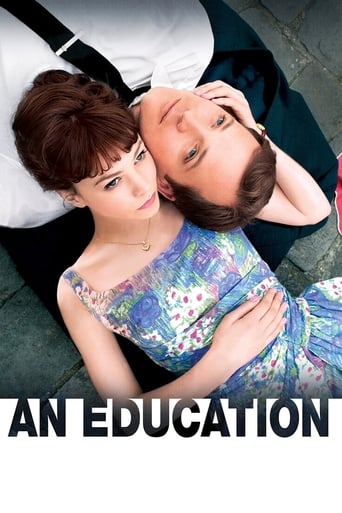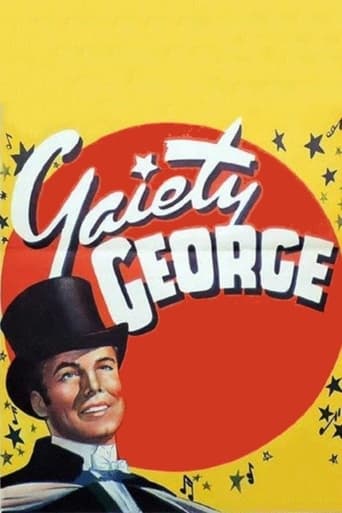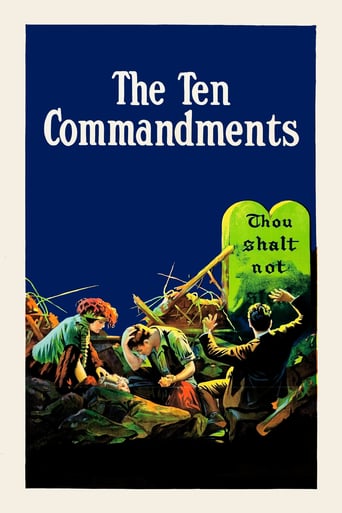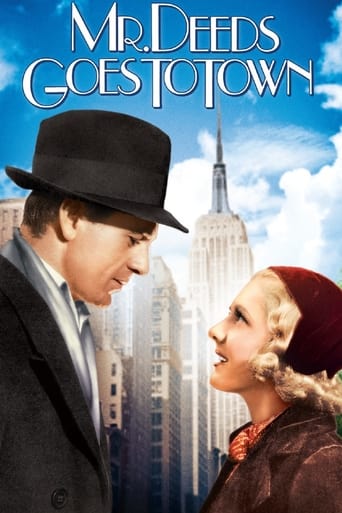
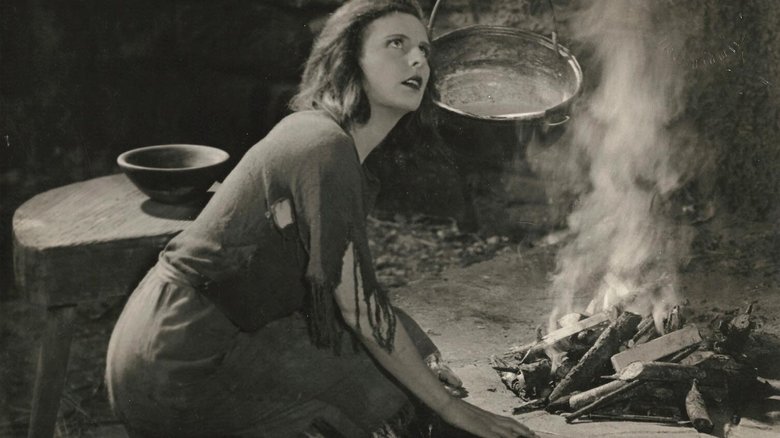
The Blue Light (1934)
A young woman, Junta, lives apart from her village and, for her solitude and strangeness, is considered to be a witch; when she comes to the village for one reason or another, the townsfolk chase her away. They feel that she may in some way be responsible for the deaths of several young men of the village, who have felt compelled, one by one, to climb the local mountain - and fall to their deaths - on nights when the moon is full.
Watch Trailer
Cast


Similar titles
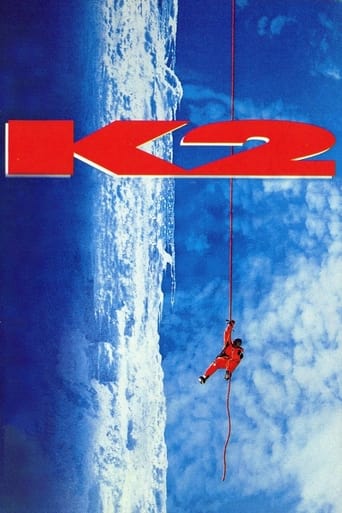
Reviews
Simply A Masterpiece
Great Film overall
Excellent, Without a doubt!!
Excellent and certainly provocative... If nothing else, the film is a real conversation starter.
Leni Riefenstahl proves that she has an extraordinary mastery of cinematographic techniques in her directorial debut. One of the best entries in the "Mountain Film" genre, Das Blaue Licht conveys a strong sense of atmosphere. It transports its audience into the world of a little folkish, insular Germanic village sometime in the relatively recent past.The mountain overshadows the villagers just as it overshadows everything in this story. Climbing it can be read as a metaphor for human ambition which, telling, comes at the destruction of the lives of others and environmental degradation.Riefenstahl uses a simple but effective framing device to tell her story, which serves to situate it firmly in the realm of the village's folklore. Moody lighting helps add to the atmosphere and she displays effective use of parallel and contrasting scenes. The scale of the mountain and its treacherous, narrow paths give the film a nicely-claustrophobic feel. Certainly more effective as a director than as an actress, the tragedy is that Riefenstahl would later waste her skills making political propaganda.The contrast between Riefenstahl's character and the insular, narrow-minded country people is effectively conveyed. (Ironically, it is these same bigoted people from the Bavarian country town folk who would later form the Nazi party's biggest support base. By portraying the countryside dwellers for the bigots they are, this film could almost be read as an attack on what would become the NSDAP's support base.) As others have commented, the male lead is drawn straight from the writings of Goethe and is effective as a nuanced, compassionate counterpoint to the villagers.Ultimately, this film is highly recommended, provided one feels comfortable watching Riefenstahl's early output on its own merits and separating the artist's early work from her political beliefs and later propaganda films.
Anyone interested in film will find their way here, but I am supposing you need to steel yourself.You may come because you know what this woman invented in terms of composition of the interframe. I place her above Eisenstein for both effect and importance.You may come because you are interested in how film can actually change instead of merely reflect the world. It can, it does.Or you may simply come because you are fascinated by the woman, a dancer, celebrant of the body, an Arian ideal, sexually active for 75 years including with top Nazis. Shunned by the film world, and finding a new challenge in underwater photography. But when you come, you will confront a strange form of narrative, the spiritual metaphor, the Goethe model with blunt, plain cosmology. Its that used by Nazis extremely effectively and now appropriated by similar zealots. Extreme differentiation between good and evil: good fundamentally linked to spiritual forces which we do not deserve. Only severe dedication can allow us to deserve to adore it. Its all rather curious how superstitious structures can be sold, and you'll have to slog through it. And with some extraordinarily blunt acting.("Sir Arne's Treasure" of a dozen years earlier did all these things with natural skill, and they work.)But what you will get is some astonishing composition, even in this her very first film as director. A striking location that is almost unbelievable, but the most striking thing is her in the local. Every time she is set in the mountain, it is done with such lightness that we cannot avoid feeling visited by the supernatural. You have to see her climbing a vertical wall with bare hands and moccasins, thousands of feet up. You have to see her scrambling like a sprite around the bottom of the waterfall. You even have to see her present a sort of holy pulchritude while sleeping. This alone impresses once it settles that everything you see of her was designed by her. It weaves a fascination for a transcendent earth and womb that's genuine.So my visit with this was a matter of awe at what a person can do, but I have that from elsewhere. More, it was accompanied by a parallel awe at the pull of the story, the story that I know ends badly and possibly always will, but we follow it.I suppose that a slight, a very slight adjustment in this woman's makeup would have made a profound difference for several billions of people, and I further suppose that had she been trained slightly differently in dance that adjustment, that introspection would have been implanted. So if we had that fabled, magical time machine and wanted to go back in time to prevent the holocaust, perhaps killing Hitler isn't the right touchstone. It may be spending an evening in deep conversation with the man who loves the woman who taught Leni's dance teacher. Yes, that would do it.Ted's Evaluation -- 3 of 3: Worth watching.
This film was made in a sound and a silent version, as there were some theaters at the time that were still not equipped for sound. Unfortunately, it is the silent version that is being widely sold. This version is vastly inferior. The sound version is a hauntingly beautiful film. I have a sound version, but it is of poor quality and many subtitles are difficult to read. This film should be remastered. There are superb quality short excerpts from the film in The Wonderful Horrible Life of Leni Riefenstahl.
Further to my previous comment, I have now purchased and watched the video and would like to say how disappointed I was to find that so much of the original film has been lost, e.g. the shot in which the moonlight catches the crystals in the cave and the blue light shines out from Monte Cristallo. Also much of the material seems to have faded. In one scene only the body and collar of Martha Mair are visible - she appears totally headless. As for the music now underlaid, I can only comment on the first few minutes which are totally unsuitable material. After that, I turned the sound down and watched in silence. What a shame.



